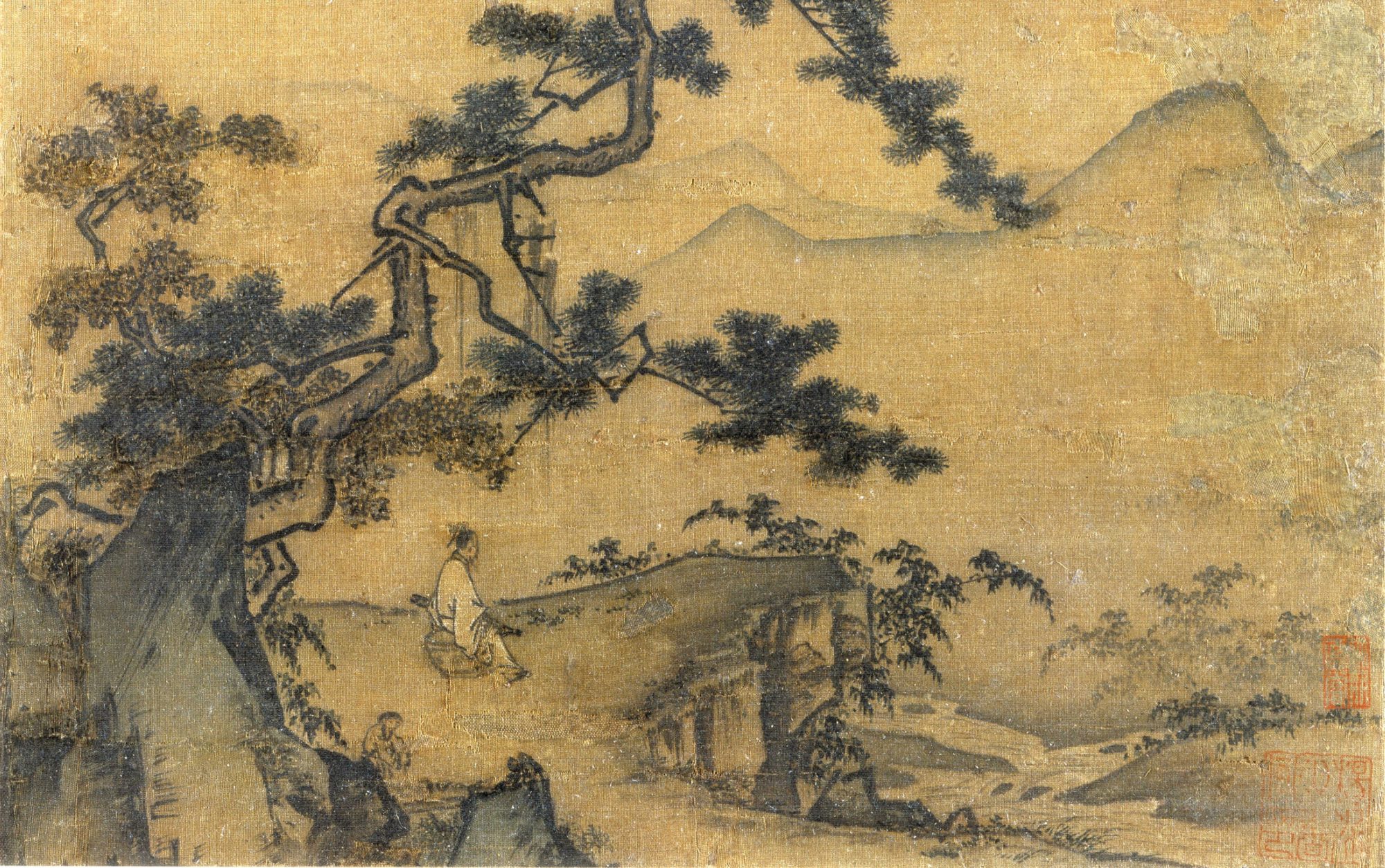Visual Resources Update March 2024
Webinar: Preparing to work with images on JSTOR: April 25 at 1pm EST
This webinar is provided by Artstor for anyone who is familiar with Artstor and intends to continue to use it as it becomes JSTOR. From the announcement: The Artstor website will be retired on August 1, 2024, and Artstor’s high-quality collections and key functionality are now available on JSTOR. Artstor users are invited to join us to learn about working with images on JSTOR. We’ll also cover ways to fully integrate content you discover on JSTOR with your existing image groups that are now folders in your JSTOR Workspace. One hour, including questions. Register here now. VR staff are familiarizing themselves with the new platform and are happy to help.
Howard Crosby Butler drawings in ART 102 Precepts

March 4–8 students of ART 102 were introduced to the beautiful original drawings by Howard Crosby Butler held by Visual Resources in the precepts for ART 102. This precept was written by Professor Sam Holzman last year, and VR was happy to help facilitate such a wonderful use of the materials again. Special appreciation is extended to all the preceptors working in this incredible class.
Sustainability of Long-term Digital Projects
Leigh Lieberman attended a workshop at the University of Pittsburgh concerning the long-term sustainability of an important digital project, The World Historical Gazetteer, a project that consists of a spatially and temporally comprehensive index of significant world-historical place as well as a series of standards and user tools to support collaborative digital and data-driven historical scholarship at the global scale. Leigh joined a group of experts in the Digital Humanities, including representatives from the Programming Historian, Digital Scholar, The Institute for the Study of Knowledge Management in Education, and The Getty (just to name a few), to brainstorm strategies for sustaining digital initiatives financially, organizationally, and technically. She is eager to bring what she learned to our ongoing efforts towards making our own collections in Visual Resources digitally accessible to wider audiences.
Visit from Archimandrite Porphyrios, Representative of Saint Catherine’s Monastery of Mount Sinai

On Monday, March 11, the Department of Art and Archaeology was honored to host Archimandrite Porphyrios of the Monastery of St. Catherine on Mt. Sinai. Father Porphyrios toured Visual Resources as well as the Index of Medieval Art, and he viewed Sinai-related works in Special Collections of PUL. Father Porphyrios was particularly interested in the Weitzmann archive, with, of course, a focus on the Sinai Expeditions. Father Porphyrios and Julia Gearhart were talking about the longstanding relationship between Princeton and Sinai while looking through the digital images when Father Porphyrios noticed a picture of a very young Archbishop Damianos I. He was very excited to receive a copy of the image to take home with him. It was wonderful to have an in-person connection for an ongoing project, especially a project helping to make the treasures of Sinai available for scholarly work.
Antioch Collection in Graduate Course: Studies in Greco-Roman Religions: Antioch and Dura Europos from the Seleucids to Late Antiquity

This special graduate-level class is co-taught by Laura Nasrallah and AnneMarie Luijendijk. Students of both Princeton and Yale examine the Antioch and Dura Europos excavations, and travel to the schools and museums related to each. Though tired from a day that included looking at objects in PUAM storage and coins in the PUL numismatics collection they were excited by the potential for original scholarship in the Antioch archive. Of particular interest to everyone were the Antioch excavation account books detailing the amount of funds spent on everything from canned crab meat to stamps. The guest books, a who’s who of everyone in middle east archaeology in the 1930s, were also enjoyed.
